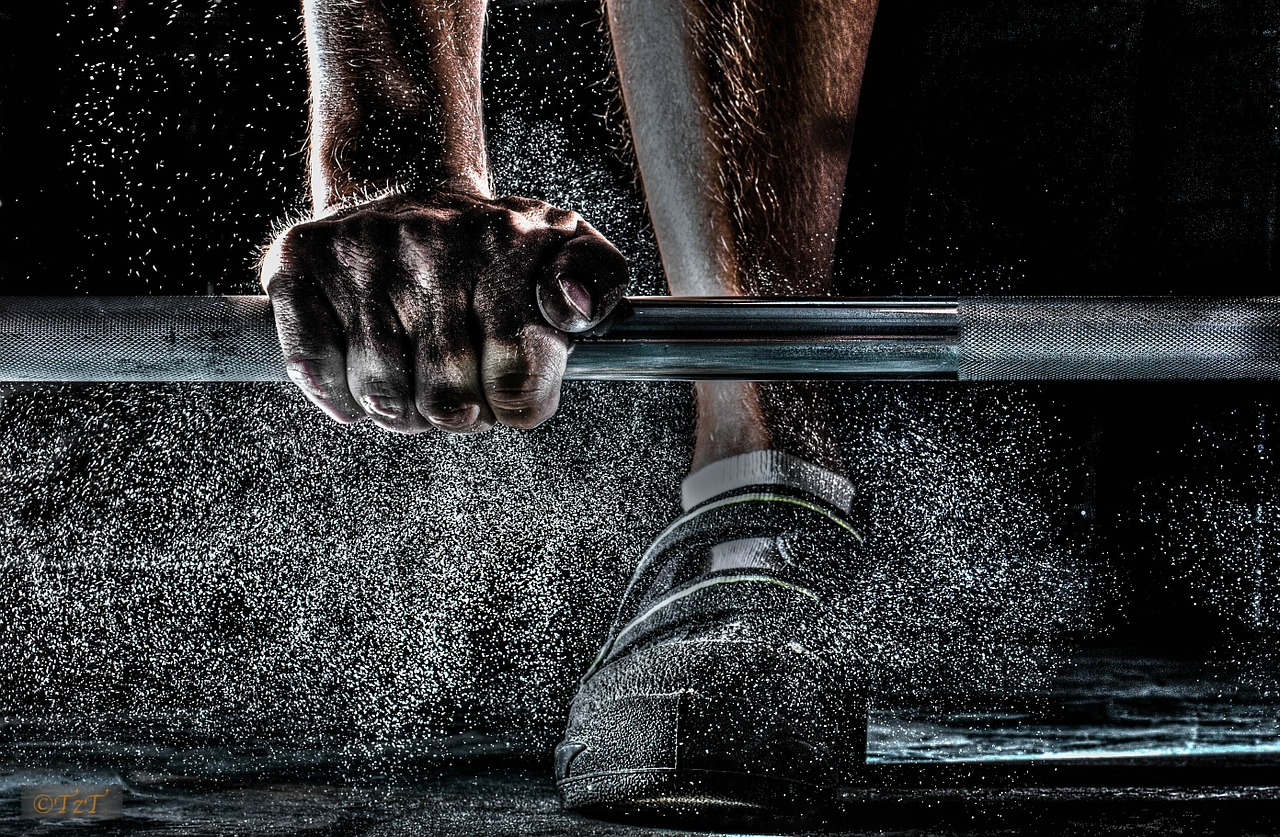The global coronavirus pandemic has touched every part of our lives. For athletes, the effect of stay-at-home orders, social distancing and quarantine are particularly challenging. While individual athletes – runners, skiers and so forth – might have more opportunity to continue training during shut down, team sport athletes have it tough.
With most sports, including soccer, teams work closely together, working on fundamentals, drilling defenses, designing and practicing new plays. Coaches and trainers are in close contact on the field and locker rooms are social gathering places. Quarantine makes all of that almost impossible. Almost.
Where there is a will, there is a way, and soccer players, from amateur travel teams to professional level teams, are finding ways to train. Here’s how they are doing it.
Taking Training Virtual
Like many of our most common social moments – the work meeting, the family gathering, the happy hour – soccer players and coaches are taking training virtual. It is just as it sounds. Using virtual meeting software, like Zoom, or video conferencing tools like Facetime and Skype, coaches and players are working hand in hand to elevate the player’s skill set.
Coaches are finding virtual training to be useful with regard to player progression. Players have praised the idea, too, since it provides them with a bit more one-on-one with coaches and trainers.
Getting Creative
Many athletes, especially those playing at the collegiate or semi-professional level, have to get creative when it comes to training. Not every soccer phenom has a home gym, so making do and getting creative with things around the house help round out a get workout.
Milk jugs filled with water or sand can fill in for kettlebells and dumbbells, for example. A fortified doorway can work for pullups and chinups. And if an athlete really wants to work on footskills, they can let a little air out of the ball to make it drag just a bit more or practice those skills while moving through the pool. Pool builders in Charleston, South Carolina, and cities far and wide will soon be on call.
Isolating Equipment
For teams that have the chance to work together, most are making sure to stay physically distant and players are often required to wear a mask throughout the practice. They are also isolating equipment.
In other words, players are required to bring their own soccer ball and water or sports drink. No communal water or sharing soccer balls with friends. Keeping players in their assigned practice areas and engaging with their own supplies helps minimize spread and still promotes that team spirit.
Designing Specialized Training Regimens
Many trainers are taking what they learn in virtual one-on-one training sessions and using that data to design individualized plans for each player. Athletes of all ages are given specific exercises and personalized goals to work toward. Coaches follow up on that progress and determine if and when a player needs to adjust their schedule.
Engaging Parents as Assistant Coaches
For youth soccer players, many teams are seeking help from quarantined parents. By sharing drills and giving advice, many parents are becoming assistant coaches of a sort. It helps young players because they can focus more on how to perform each task by watching a parent perform it first. It also works as a way to keep athletes engaged from a coach-player standpoint.
Parents also enjoy the interaction, as many discover they learn more about their child’s sport and how they connect with it. It gives them a deeper understanding of game rules and provides greater enjoyment as spectators when teams return to the pitch.
While the coronavirus pandemic has slowed down the pace of daily life, soccer players and athletes from all ages aren’t letting COVID-19 slow down their training schedule. They are finding new ways to simulate the pitch and put in the work. All that effort will pay off once we start playing team sports again. Those athletes who stuck with it throughout quarantine will shine.




